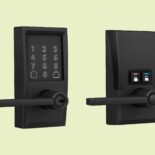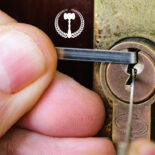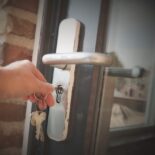British Standard Locks
What Are British Standard Locks?
A lock showing the Kite Mark has been certified by the British Standards Institution (BSI) for meeting key security standards.
Since it’s hard to judge a lock’s security just by looking at it, physical testing is carried out during development. Experts assess the lock’s strength, durability, and resistance to common break-in methods by simulating wear and various attacks. Only locks that pass these tests earn the British Standard certification and display the Kite Mark on both the packaging and the lock itself.
Most insurance providers require British Standard locks as a minimum to validate home insurance coverage.
Understanding Lock Standards: BS3621, BS8621, BS10621
When a lock meets British Standard requirements, it also displays the standard number it complies with. The three most common are:
-
BS3621
This standard applies to mortice and cylinder rim locks that use a key on both sides. These locks stay secure as long as the key is removed, making them resistant to intruders reaching through a letterbox or broken glass. -
BS8621
These locks require a key to enter from the outside but use a thumb turn on the inside. This allows safe and quick exit in an emergency without needing a key. They’re common in flats and apartments. -
BS10621
Locks with this standard can be locked only from the outside using a key. Inside, the lock opens without a key unless someone locks it from the outside again. These locks work best in homes with more than one exit.
How to Check If Your Locks Are British Standard
To verify if your lock meets British Standards:
-
Look for the British Standard Kite Mark and a number like BS3621.
-
Check common lock types such as Euro cylinders, mortise locks, and night latches. We’ve included images showing where to find the Kite Mark on each.
-
In older homes, the mark might be hard to spot. Some locks may need to be removed to confirm certification.
If you’re unsure, call a locksmith. Trying to remove a lock yourself could damage the door or the mechanism.






